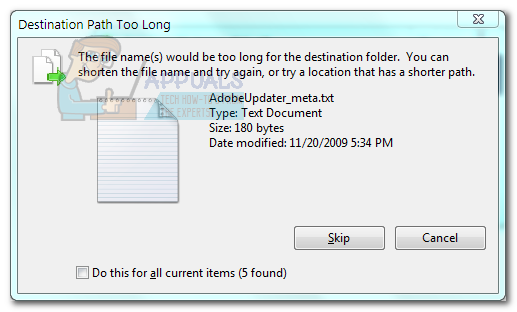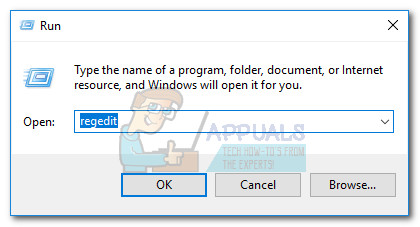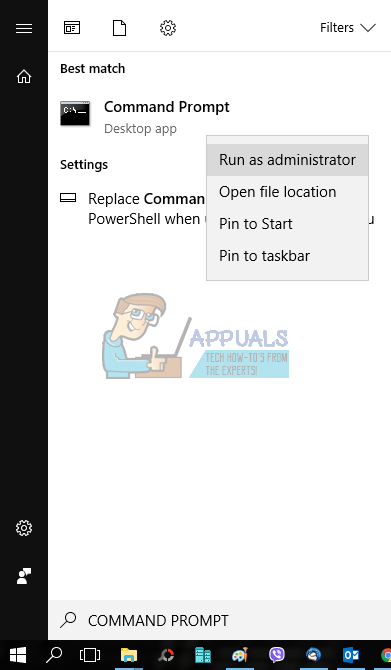Tfs Invalid Character Please Rename the Item and Try Adding It Again exists
Users go the "Destination Path Too Long" error while trying to copy, motion or remove sure files or folders on Windows operating systems. Most of the time, this error happens because Microsoft has a 256/260 folder and proper name restriction in place.

Even if the issue is over xx years old, the bug is all the same encountered on all the recent Windows versions. Go on in mind that this is non a limitation of NTFS, so changing the format will non remove the issue. The problem is caused past a limitation within the Win32 API library. Most of the standard issued applications (including File Explorer) volition malfunction if the grapheme limit is exceeded.
If you lot're currently struggling with this outcome, we might be of help. Below you have a collection of methods that have enabled users in a similar situation to resolve the issue. Please follow each potential fix in gild until y'all encounter a method that fixes the"Destination Path Too Long" mistake.
Method 1: Shorten the proper noun of the parent binder
The easiest solution out of the bunch is to but shorten the name of the parent binder. But every bit yous can imagine, this is not e'er applicable. This method is not applicable if y'all have a lot of files that are exceeding the length restriction limit.

If yous but take a few files or folders that are displaying this outcome while moved / deleted / copied, simply shortening their names and try over again.
If this is not applicative to your situation, move to the method beneath.
Method 2: Temporarily rename the file extension to text
If yous're receiving this fault while trying to movement a single .zip or .rar file, you can endeavor to temporarily rename the file extension to text and rename it back later you lot have moved it. Here's a quick guide to doing this:
- Right-click on the .zero or .rar archive and choose Rename. Then, alter the extension to "txt".
 Note: If you tin can't run into the extension types by default, access the View tab of File Explorer and check the box associated with File name extensions.
Note: If you tin can't run into the extension types by default, access the View tab of File Explorer and check the box associated with File name extensions. - Move the file to where you want it to be, then right-click on it again, cull Rename and change the extension back to what it was initially (.nil or .rar).
If you lot weren't able to move the file with this method or if it wasn't applicable to your situation, motility to the method below.
Method 3: Delete folder with DeleteLongPath
If yous accept a deleting a folder that exceeds the 260 graphic symbol limit, you tin can use a reliable freeware to get around this problem. DeleteLongPath is a freeware that will get rid of the folder immediately. The lightweight program is designed to automatically delete the folder structure and all of its containing subfolders and files.
Hither'southward a quick guide on how to utilize DeleteLongPath to delete a folder that displays the"Destination Path Too Long" mistake when deleted:
- Visit this link (here) and download the DeleteLongPath Freeware.

- Extract the DeleteLongPath executable from the zip file and open it.
- Use the Browse push button to ready the path of the folder that can't be removed and hit the Delete button to become rid of it.

- Hit Yes at the final Warning prompt and wait for the folder structure to be deleted. But keep in mind that all subfolders and files of that particular binder will also be deleted.

Method 4: Enable Long Path Support (Windows 10 built 1607 or college)
If y'all're on Windows 10 and have already applied the Ceremony Update (1607), it's possible to disable the MAX_PATH limit on the organization level. You tin can enable support for long paths by using Registry Editor. Hither's a quick guide through the whole thing:
- Printing Windows key + Rto open up a Run command. Type "regedit" and hitting Enterto open Registry Editor.

- Using the left pane, navigate through Computer > HKEY_LOCAL_MACHINE > System > CurrentControlSet > Control > FileSystem.

- With FileSystem selected from the left pane, double-click on LongPathsEnabled (right panel).

- In the Edit DWord Value of LongPathsEnabled, set up the Value data to 1 and hit Ok to relieve.
- Shut Registry Editor and try operating the folders or file that were displaying the "Destination Path Too Long"fault.
If this method wasn't applicative, move down to the method beneath.
Method five: Using the xcopy control in an elevated Command Prompt
Some users accept been able to resolve the"Destination Path Too Long" fault by using the xcopy command in an elevated command prompt. Here'southward a quick guide on how to do this:
- Use the start bar in the bottom-left corner to search for "cmd". Then, right-click on information technology and click on Run as Administrator.

- Paste the following command into the elevated Command Prompt and hit Enter:
xcopy *path to source files* *path to destination* /O /X /Due east /H /K
Notation: Keep in mind that *path to source files* and *path to destination* are only placeholders for the exact paths. Supplant the placeholders with the existent locations earlier striking Enter.
Source: https://appuals.com/fix-destination-path-long-error/
Post a Comment for "Tfs Invalid Character Please Rename the Item and Try Adding It Again exists"